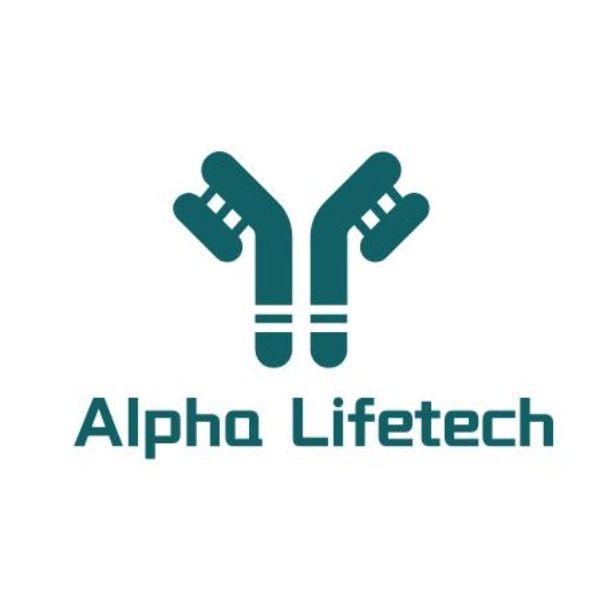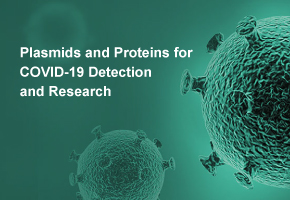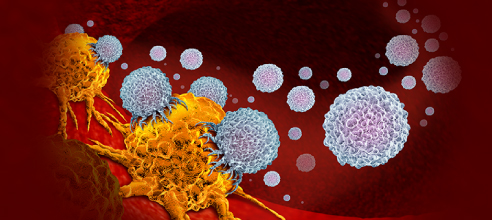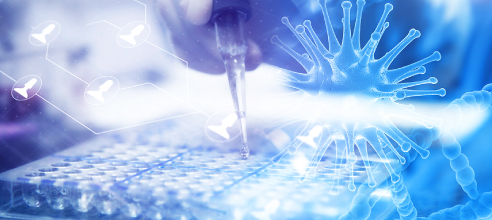Alpha Lifetech Unveiling the Antibody Humanization Protocol: Bridging the Gap Between Species
In the dynamic realm of biotechnology, the antibody humanization protocol stands as a beacon of innovation, heralding a transformative approach to therapeutic antibody development. This article delves into the intricate intricacies of the antibody humanization protocol, illuminating its significance, methodologies, and pivotal role in advancing precision medicine.
Decoding Humanization of Antibodies
The humanization of antibodies represents a revolutionary endeavor aimed at imbuing therapeutic antibodies derived from non-human sources with human-like attributes. At its essence, humanization seeks to mitigate the immunogenicity concerns associated with non-human antibodies while preserving their antigen-binding specificity and affinity. This delicate balancing act is achieved through a meticulously orchestrated protocol that merges the best of both worlds — the precision of biotechnology and the intricacies of immunology.
Navigating the Humanization Protocol
The antibody humanization protocol unfolds as a multifaceted journey, guided by the principles of genetic engineering, protein structure analysis, and molecular modeling. Key steps in this protocol include:
1. Selection of Parental Antibody: The protocol commences with the careful selection of a non-human antibody possessing the desired antigen-binding properties. This parental antibody serves as the blueprint for subsequent humanization efforts.
2. Identification of Complementarity-Determining Regions (CDRs): The CDRs, which confer antigen-binding specificity, are identified within the parental antibody sequence. These regions serve as the focal point for humanization, ensuring the retention of crucial binding interactions.
3. Selection of Human Framework: A human antibody framework, structurally compatible with the parental antibody, is chosen to serve as the scaffold for humanization. This framework provides the requisite structural integrity while minimizing immunogenicity.
4. CDR Grafting: Through the artful process of genetic engineering, the CDRs of the parental antibody are grafted onto the selected human framework. This delicate fusion preserves the antigen-binding specificity of the parental antibody while mitigating immunogenicity concerns.
5. Molecular Modeling and Optimization: Computational modeling techniques are employed to validate the structural integrity of the humanized antibody and optimize its binding affinity. This iterative process ensures the creation of a functional, human-like antibody molecule.
6. Expression and Characterization: The humanized antibody genes are expressed in suitable host systems, such as mammalian cells, and the resulting antibodies are rigorously characterized for antigen-binding affinity, specificity, and stability.
Significance of Humanized Antibodies
Humanized antibodies, born out of the antibody humanization protocol, represent a cornerstone in the edifice of precision medicine. These tailored therapeutic agents offer a potent blend of specificity, efficacy, and safety, paving the way for targeted interventions across a myriad of diseases, including cancer, autoimmune disorders, and infectious diseases. By bridging the gap between species, humanized antibodies embody the convergence of scientific ingenuity and clinical necessity, propelling the field of biotechnology into uncharted territories of innovation and healing.
Conclusion
In conclusion, the antibody humanization protocol stands as a testament to the transformative power of biotechnology in shaping the future of healthcare. Through its meticulous methodologies and unwavering commitment to scientific excellence, this protocol epitomizes the fusion of innovation and compassion. As we traverse the intricate landscape of antibody humanization, we bear witness to the dawn of a new era in precision medicine — one where humanized antibodies serve as the vanguards of therapeutic innovation, ushering in a realm of targeted therapies and personalized treatments.
- Like
- Reply
-
Share
About Us · User Accounts and Benefits · Privacy Policy · Management Center · FAQs
© 2025 MolecularCloud




